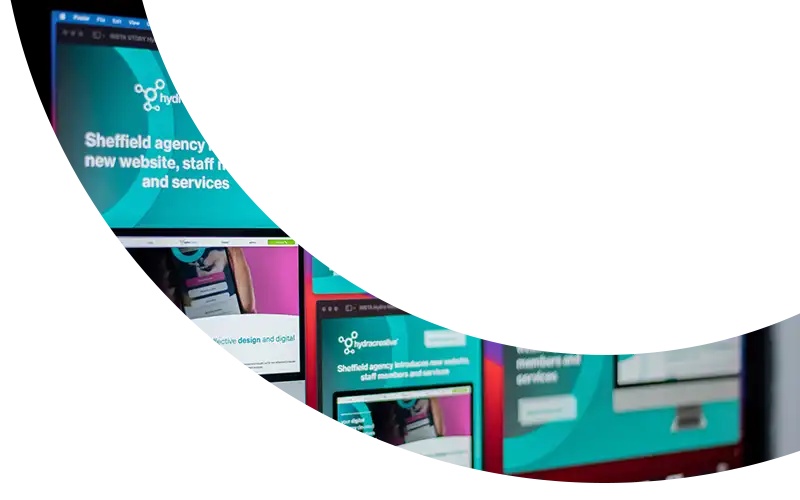Ensuring your website is optimised for mobile devices is more important now than ever. Google has finally released a deadline for its mobile-first index. From July 5th, 2024, websites will be crawled with the mobile Googlebot instead of the desktop Googlebot. This means that Google will prioritise websites that are accessible by mobile when indexing and ranking them on search engines, even when the user searches on a desktop.
What are indexing and ranking?
Indexing is a process where a web crawler scans the internet to find and collect data from websites, such as webpage content and metadata. This data is then stored and organised in a search engine's index – essentially a database. When a user performs a search query, the search engine's algorithm analyses the indexed pages to determine the most relevant ones. This analysis considers various factors, such as keyword relevance and page quality. The algorithm then ranks the relevant pages in numerical order on the search engine results page, with the first result being the most relevant to the search. This process is known as ranking.
Although most websites are prepared for this change, it’s still important that your website has quality mobile optimisation to prevent any implications for your business.
Here are some best practices for the mobile-first update to improve your website’s accessibility…
1. Responsive Design
Creating designs that are responsive means that your website’s content will adjust in size to various devices. Some examples of this content are:
- Font size
- Images
- Buttons
It’s crucial that you follow accessible design requirements to enhance user experiences and protect your company from legal issues. The GOV.UK guidelines clearly outline the laws and standards for accessibility. By increasing your website's accessibility, you can broaden your audience and increase your site’s engagement in the long term.
You can also find helpful tools online to perform basic checks of your website's accessibility, such as the Web Accessibility Evaluation Tool (WAVE). This free evaluation tool aims to make web content more accessible by checking for Web Content Accessibility Guidelines (WCAG) errors.
2. Optimise Loading Speed
When using a website, online users will always expect fast loading times, no matter the device. To ensure that your loading times are fast on mobile devices, here are some steps you can take:
Speed-checking Tools
You can use tools such as PageSpeed Insights to check the speed of your website on all devices. This makes sure that your website runs the same on mobile as it does on desktop.
Optimising Images
Images take up a lot of your website’s loading time, so optimising them can improve its speed. Optimising can mean compressing the file size of your images – using responsive images can solve this issue too – or choosing the right file format, such as PNG, JPEG, etc.
Coding Practices
Effective coding can improve rendering without taking up too much loading time. Coding can cover practices such as compressing images and preventing your page from render-blocking resources.
Leveraging Caching
Leveraging caching means that you can store frequently accessed content on a device. This can help to reduce loading time and increase the speed of your website on a mobile.
3. User Experience
The most important part of mobile-first indexing is its user focus. When designing a website for a business, it's your responsibility to create a high-quality user experience. By doing this, you will build valuable relationships with your consumers that enhance your brand’s reputation and encourage engagement. Some best practices you can adopt are the following:
Simple Navigations
Simplifying your website's navigation will not only improve mobile optimisation but also make exploring it stress-free.
Readability
Clear text and layouts will make your website more inclusive for a broader demographic, which can be great if you are looking to expand your audience.
Check interactive elements on touch-screen devices
You should ensure that your interactive elements all work on touch screens, which you can do by manually testing. This can take up a lot of your time but will benefit the mobile accessibility of your website in the long run.
Render-checking Tools
You can also use tools such as Google Search Console’s URL Inspection Tool, which checks the rendering of your website. Rendering is a process that turns code into visual content being shown on your website. By testing that this is working effectively, you can make any adjustments to create a stress-free user experience.
Google’s mobile-first indexing means that mobile accessibility is more than just a ranking factor; it’s a necessity. If you have concerns about how to optimise your website for mobile, we can help…
Hydra Creative is a full-service digital agency renowned for its staff experience and expertise. We specialise in bespoke, outcome-focused digital solutions, including digital marketing, development, design, and video production, to support businesses of all sizes and industries.
Contact our SEO experts for support today. We also offer free site audits to make optimising stress-free.

Let's start creating together
Let Hydra be the solution for your next project.